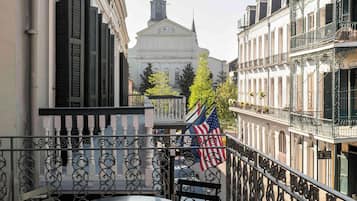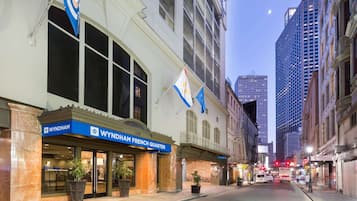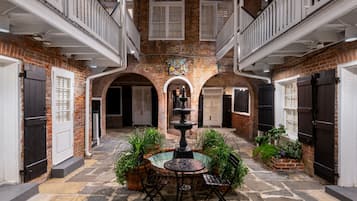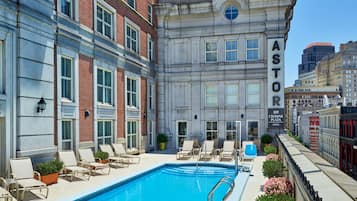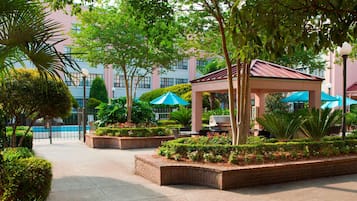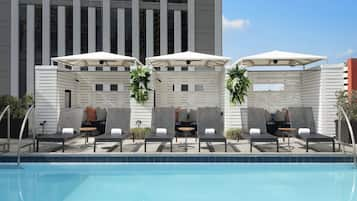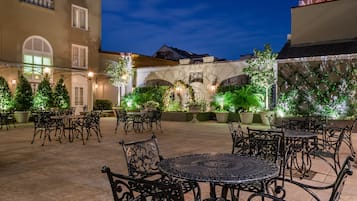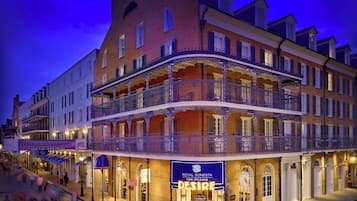The New Orleans area of Carrollton has an interesting history. It was first settled by Europeans during the War of 1812, and General William Carrollton and his troops camped there from 1814-1815 during the Battle of New Orleans.
The area did not become a townsite until surveyed in 1833 by Charles Zimple. The town then became a popular escape for those seeking respite from city life in New Orleans, located 6 miles down the Mississippi River. It became so popular that the railway company even established a resort called Carrollton Gardens. The town only existed for approximately 30 years until it was incorporated into New Orleans in 1874.
Carrollton - one of the highlights of 10 Most Popular Neighbourhoods in New Orleans (Read all about New Orleans here)

Foto de Infrogmation of New Orleans (CC BY-SA 4.0) modificada
Carrollton highlights and history
Carrollton Courthouse was designed by Henry Howard, one of the New Orleans area’s early local architects, and has been in public use for over 160 years. When annexed, Carrollton became the 16th and 17th wards of New Orleans.
The area has always been racially diverse, with free people of African descent owning homes in the area before the Civil War. The riverfront was predominantly settled by African Americans and is known as the “Black Pearl” section. Gospel singer Mahalia Jackson, who sang before Dr. Martin Luther King, Jr.’s “I Have a Dream'' speech in Washington, DC, is one of the musical talents from the section.
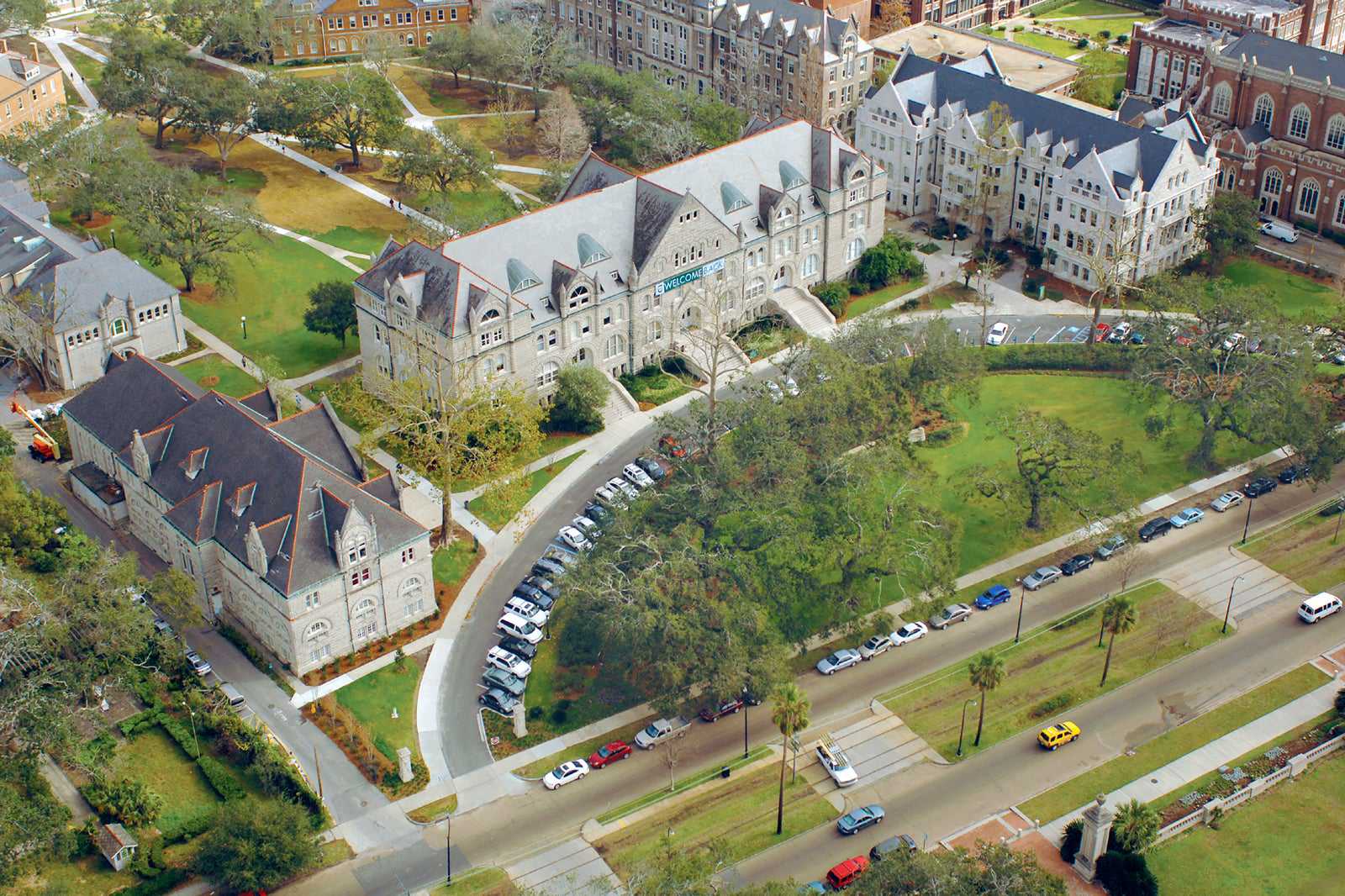
Foto de Tulane Public Relations (CC BY 2.0) modificada
Good to know about Carrollton
Today, Carrollton is a thriving and diverse area of New Orleans. Close to both Tulane University and Loyola University New Orleans, students, staff, and faculty alike live in the area and patronise the shops and restaurants there. Carrollton was added to the National Registry of Historic Places on November 2, 1987.
There is tram access to the area, and there are a series of restaurants, businesses, and shops along Carrollton Avenue at an area dubbed The Riverbend. There is also a small park surrounded by Victorian Houses that feature many speciality shops in the area.
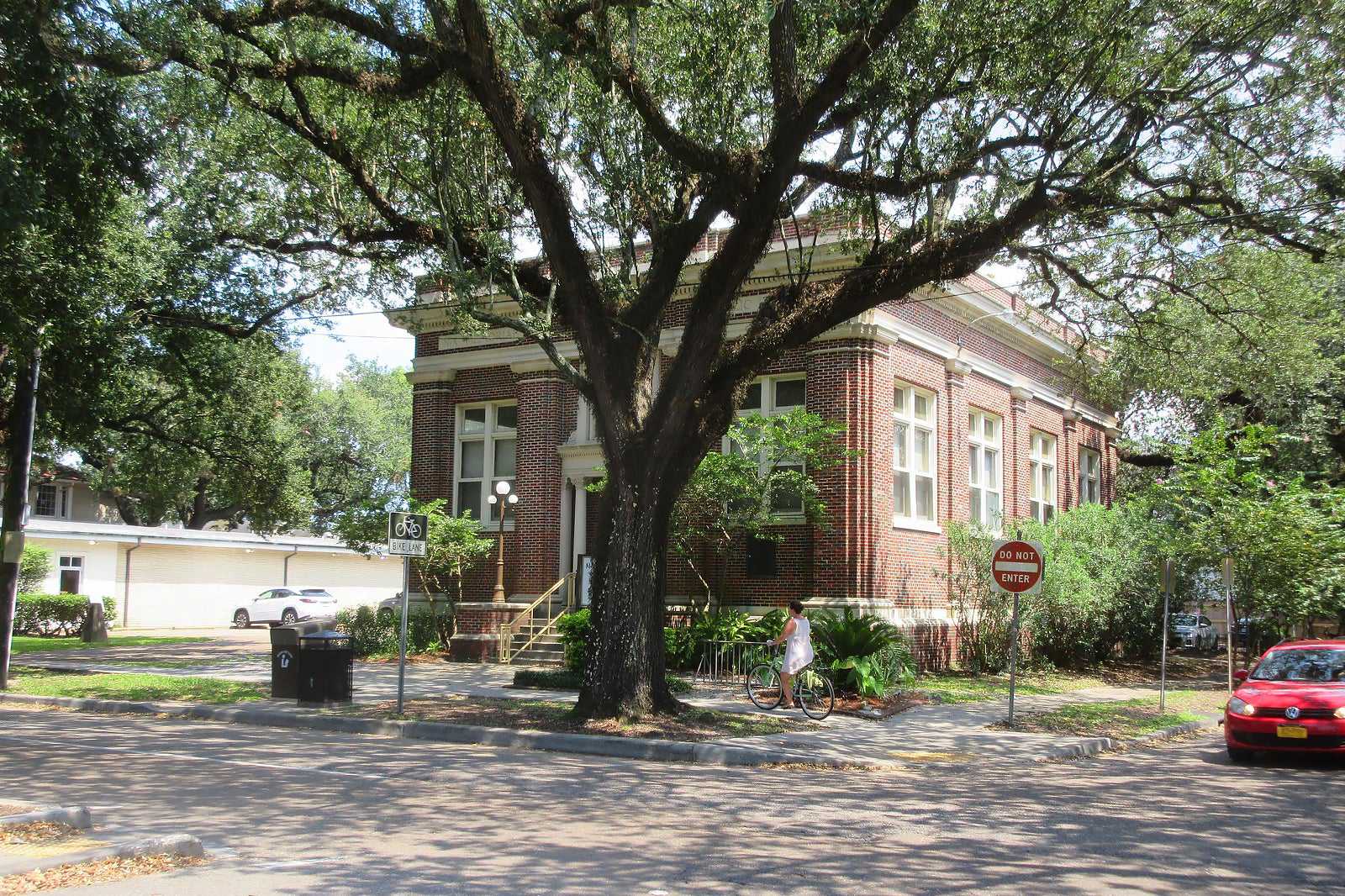
Foto de Infrogmation of New Orleans (CC BY 2.0) modificada

